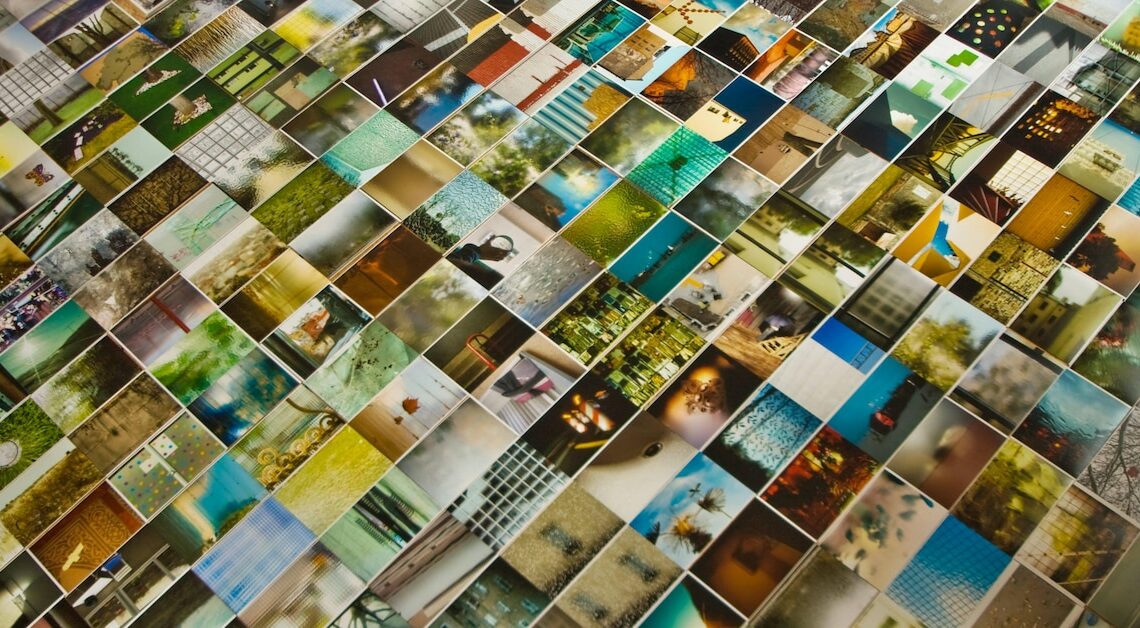
The aperture of lenses is an important factor in photography because it affects how much light the lens lets fall on the image sensor.
This is what lies behind the light intensity of lenses
The light intensity is called an aperture number or f-number and is indicated by a number after the letter “f”, such as f/2.8 or f/1.4:
- The aperture number, also known as the “f-number,” indicates the ratio of the focal length to the diameter of the aperture. The smaller the aperture number, the larger the aperture opening and the more light can pass through the lens.
- A lens with an aperture of f/1.4 lets more light through than one with f/2.8. This is particularly beneficial in low light conditions, as it allows you to use shorter exposure times or work with a lower ISO sensitivity.
- In addition to the amount of light, the aperture number also influences the depth of field, i.e. the area in the image that is sharply depicted. A small aperture number (e.g. f/1.8) creates a smaller depth of field, which means that the main subject is sharp, but the background is blurred.
- This effect is often used in portrait photography to make the subject stand out more. A larger aperture number (e.g. f/16) increases the depth of field, so that more areas of the image are in focus, which is an advantage in landscape photography, for example.
Importance for lens selection
The aperture number of a lens provides information about its light intensity, the amount of light that passes through and the control over the depth of field. These factors are crucial for choosing the right lens:
- When a lens is described as “fast,” it means that it has a small aperture number such as f/1.4 or f/2.0.
- Such lenses are usually more expensive and larger, but offer flexibility in low-light photography and allow creative design options through shallow depth of field.
- Lenses with higher aperture numbers such as f/4.0 or f/5.6 are often more compact and cheaper, but are less suitable for shooting in low light conditions without additional lighting.
You can find more useful tips on photography in these articles:
- Lost Places Photography – the best tips
- Photography tips for the perfect landscape picture
- Fill-in flash – How it works
